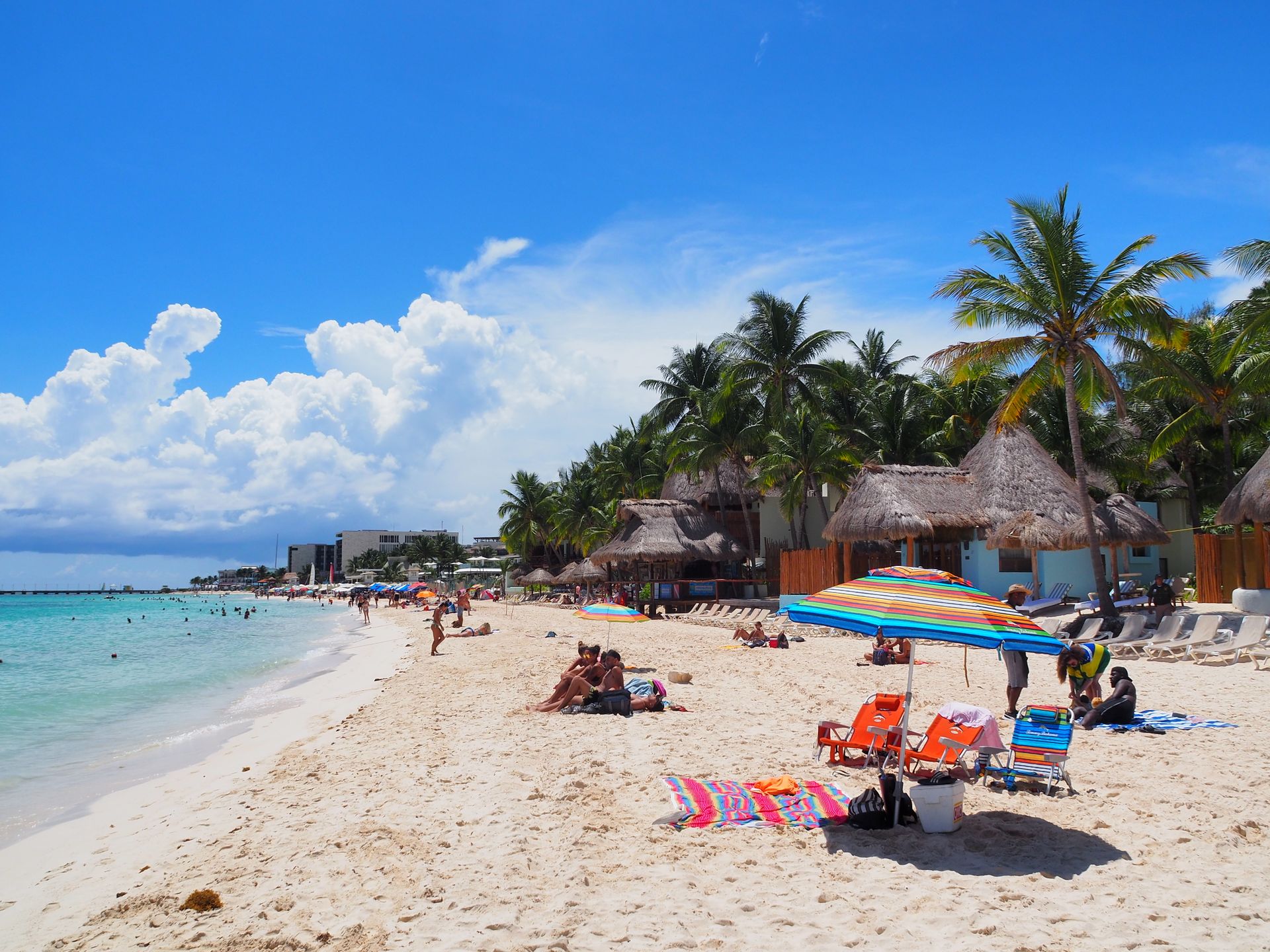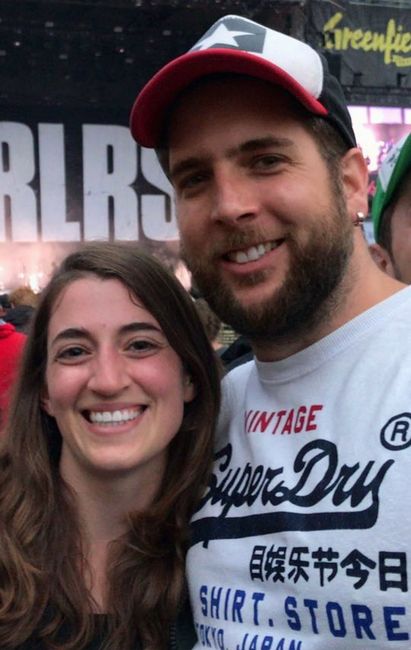
Auszeit - Reise Richtung Osten
vakantio.de/auszeit-reise-richtung-osten
Jeonju Hanok Village
Publicat: 17.07.2019
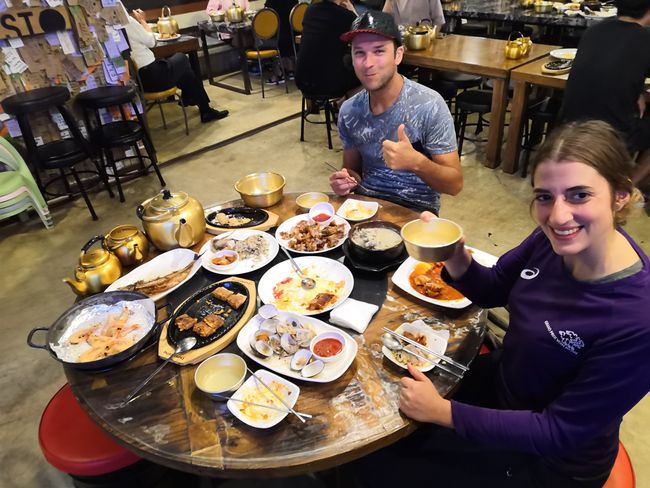
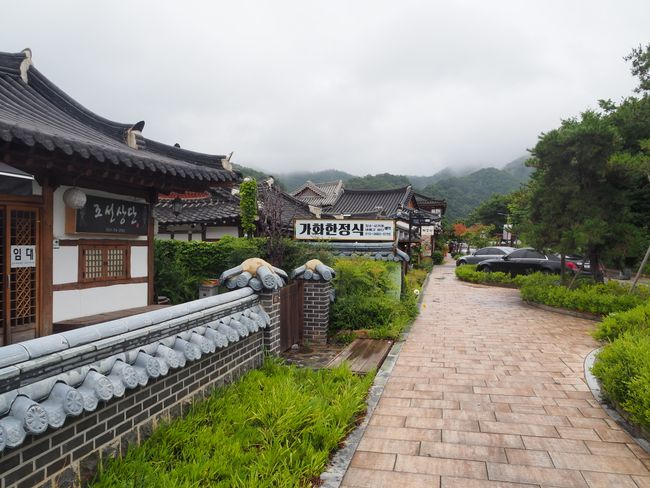
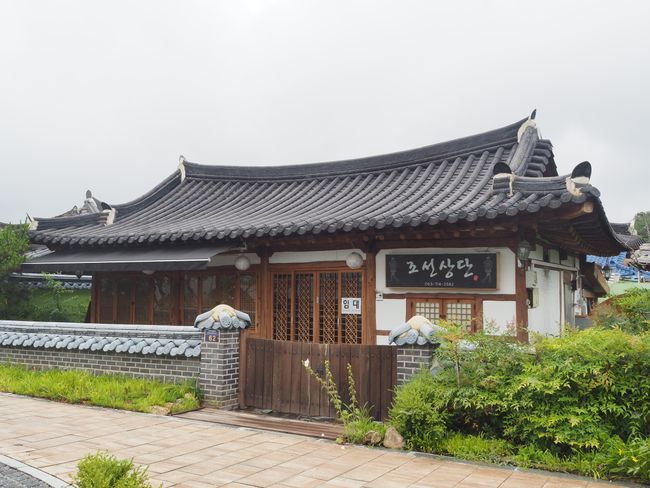
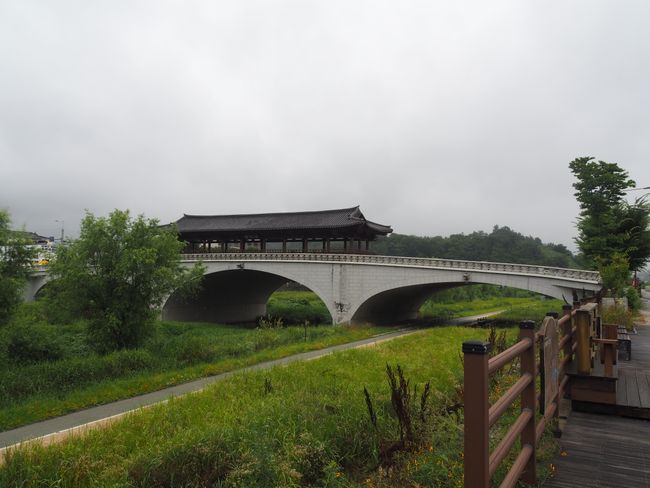
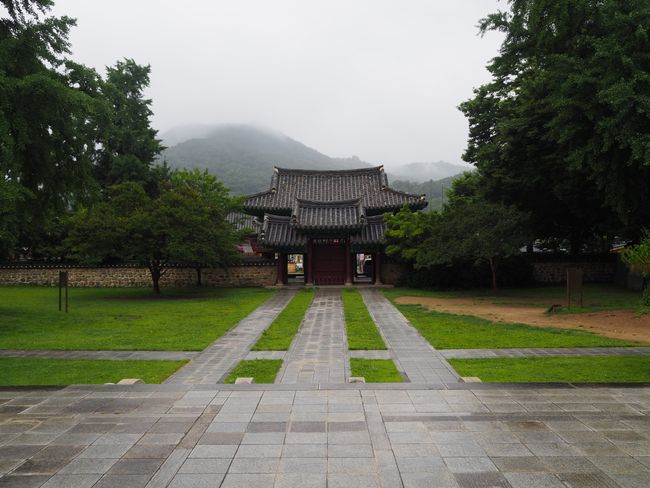
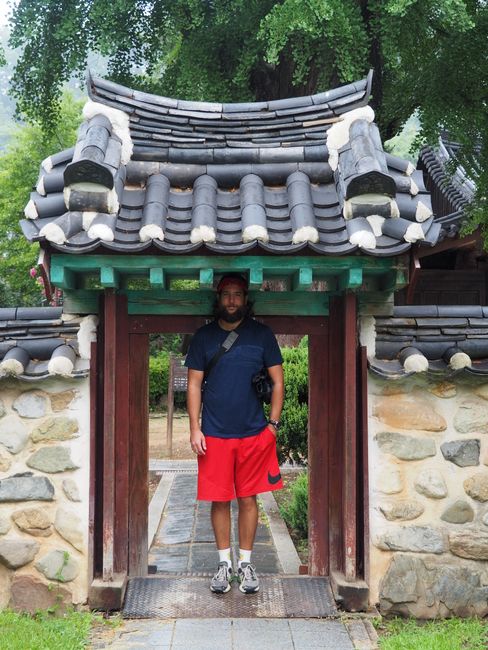
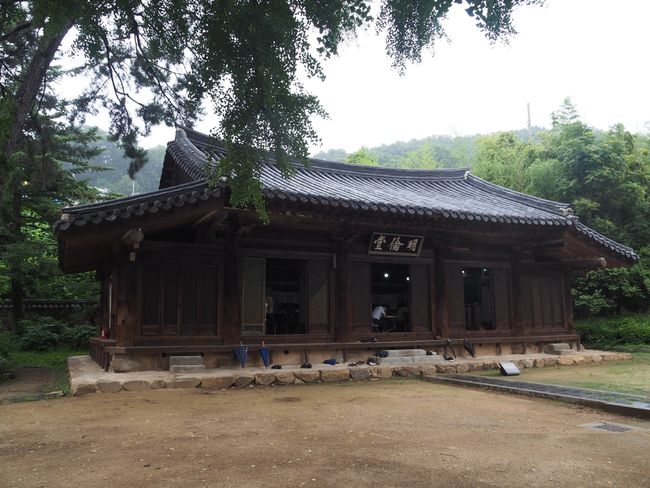
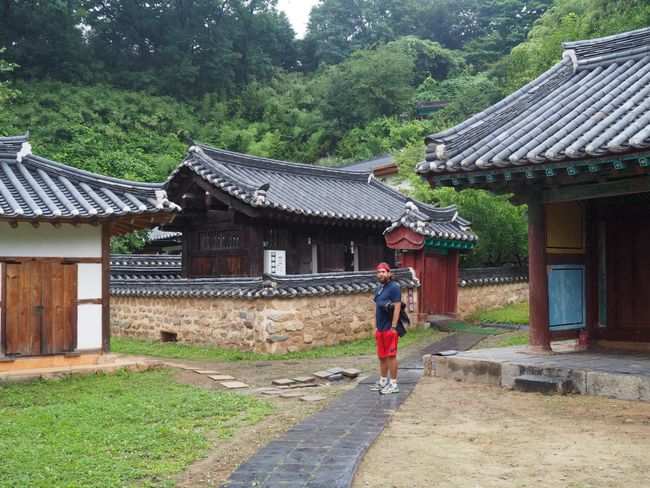
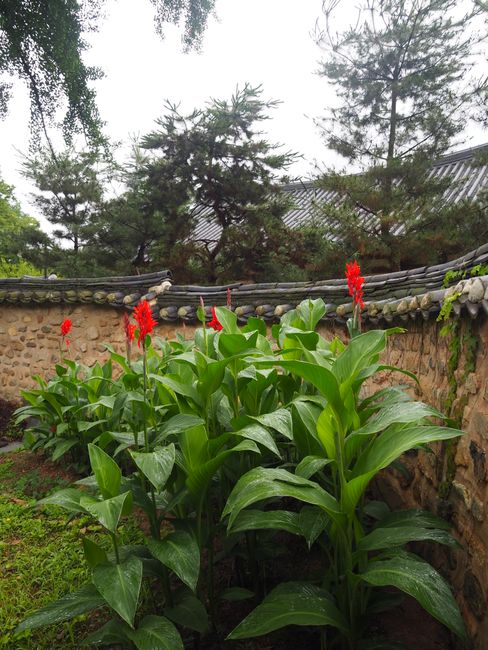
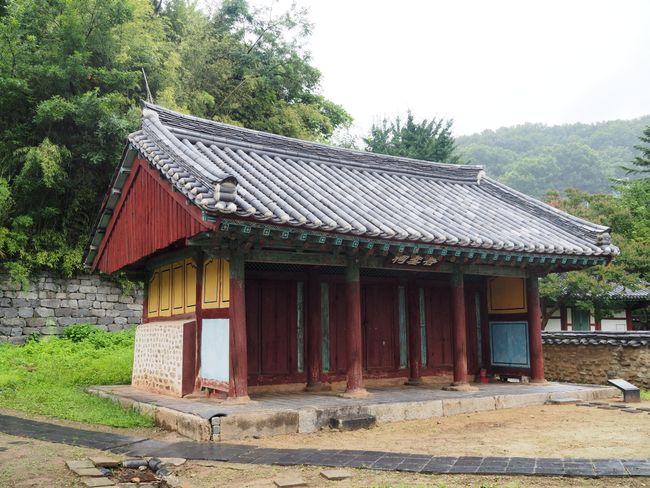
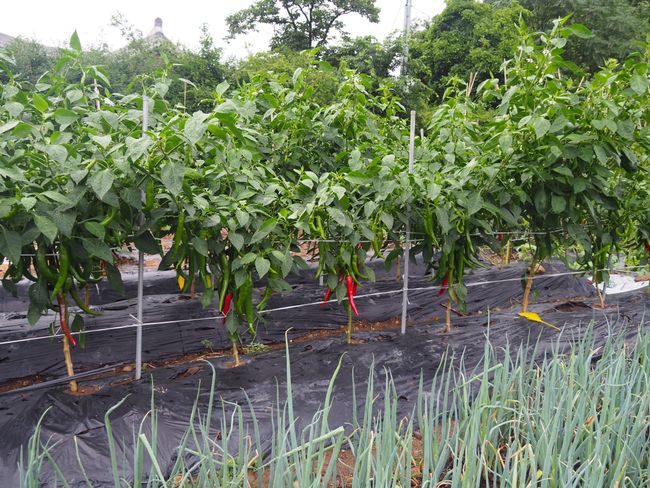
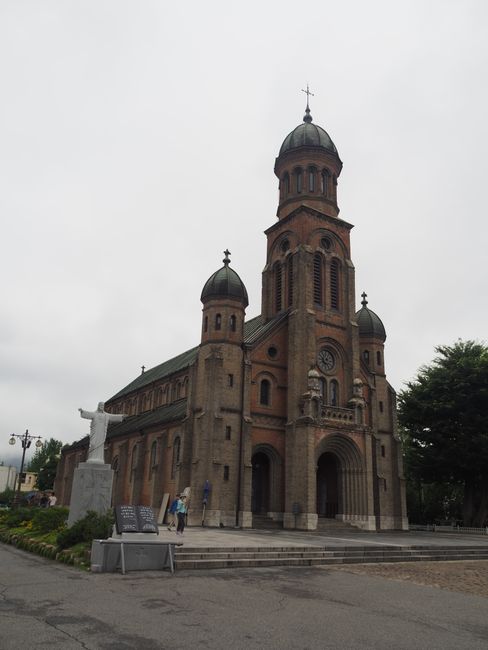
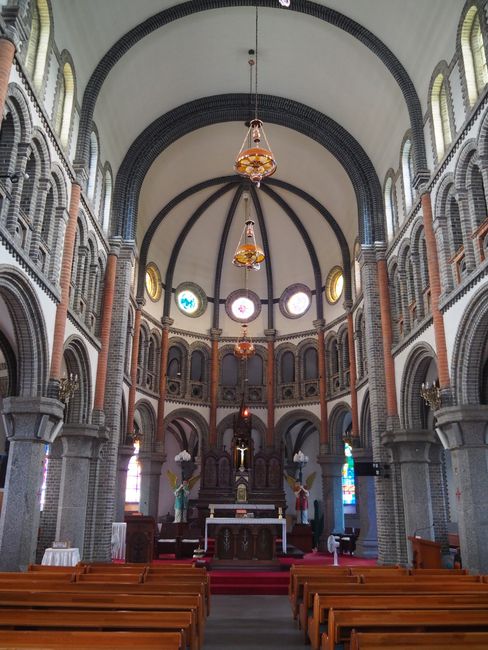
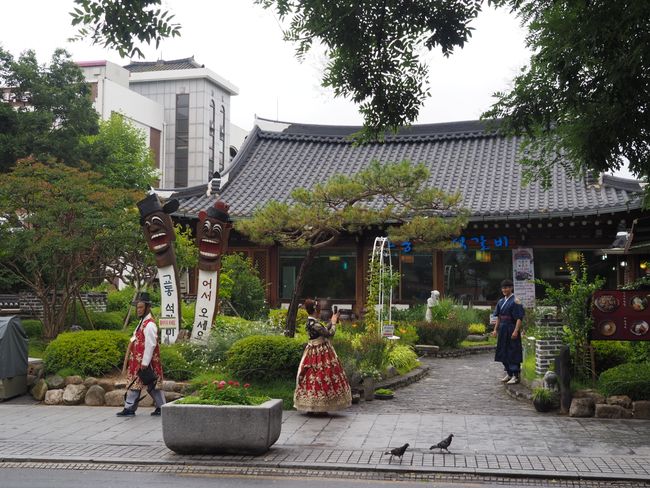
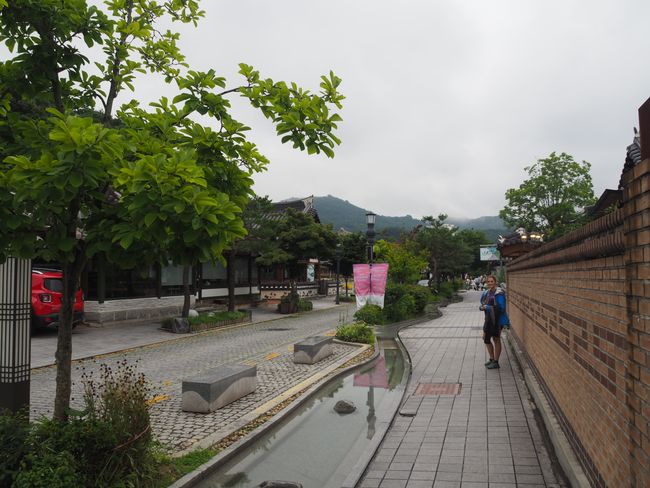
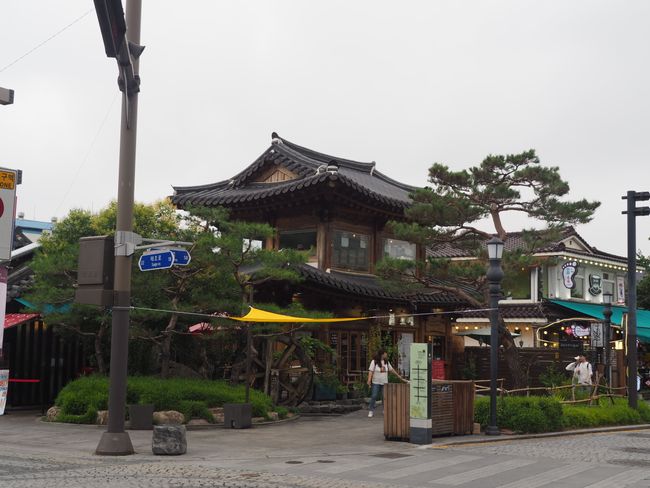
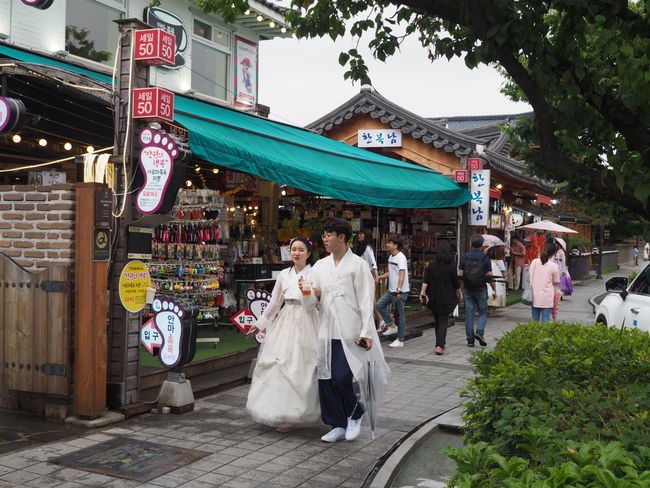
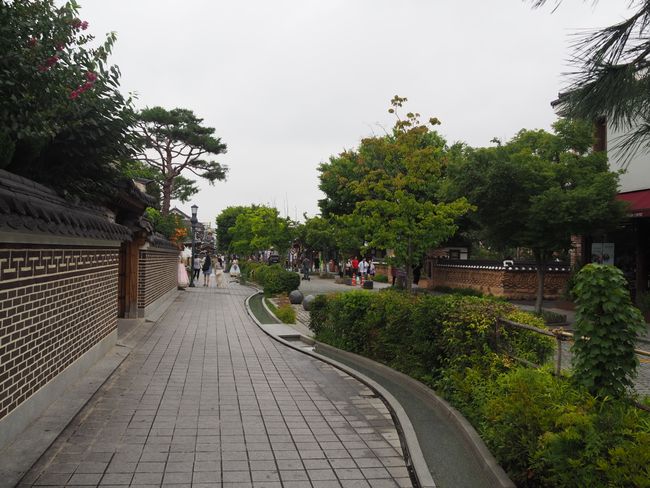
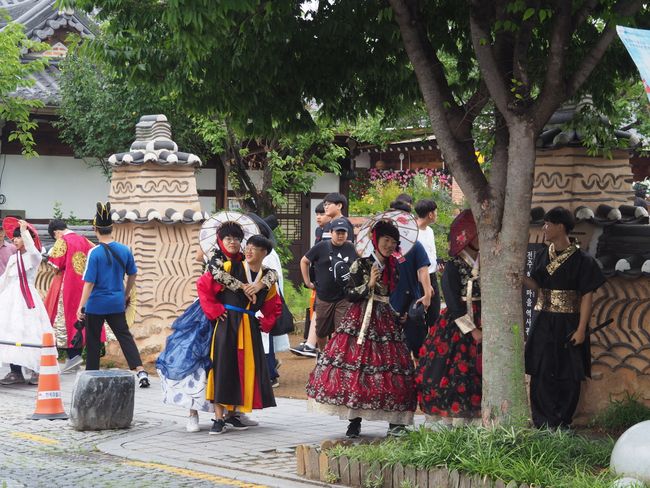
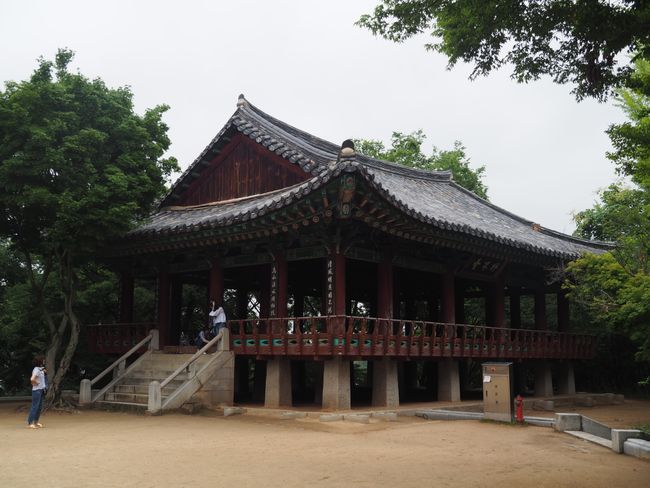
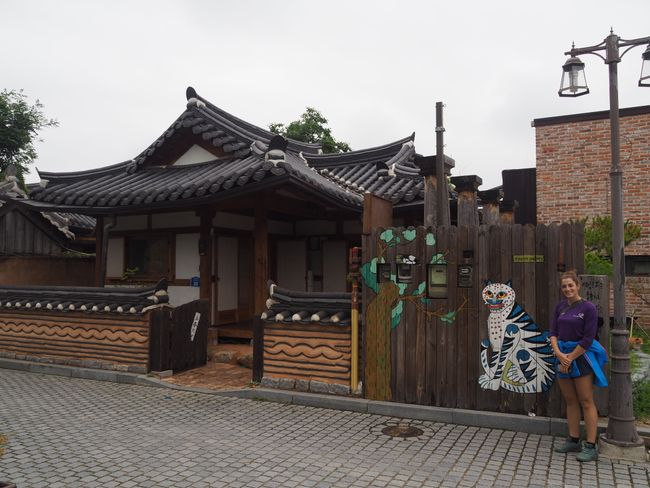
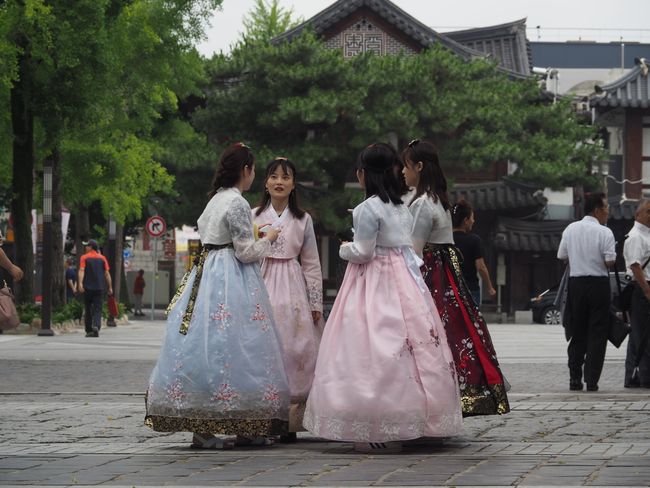
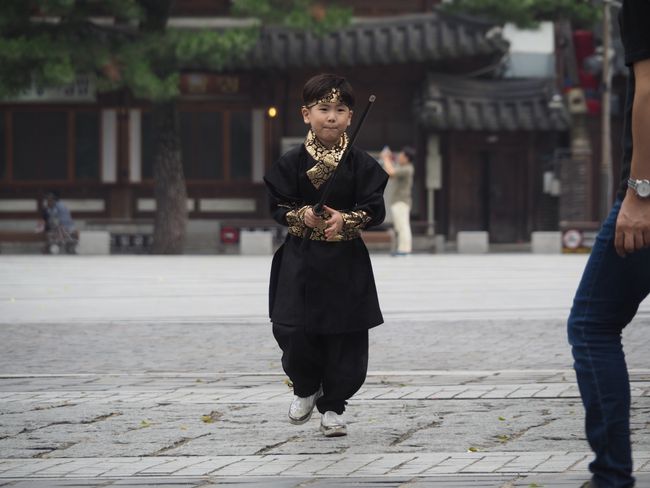
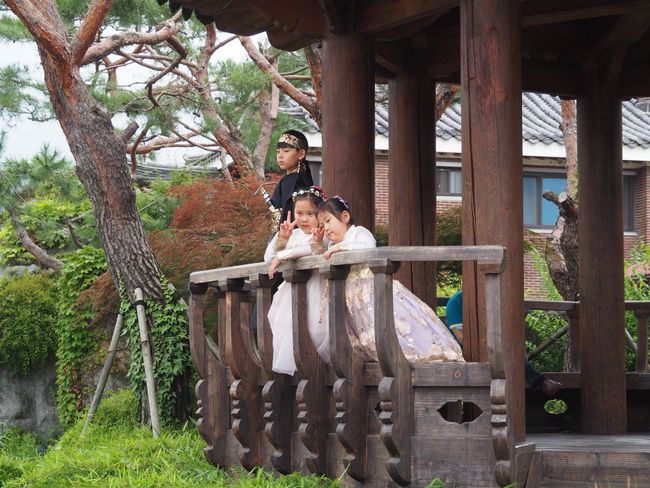
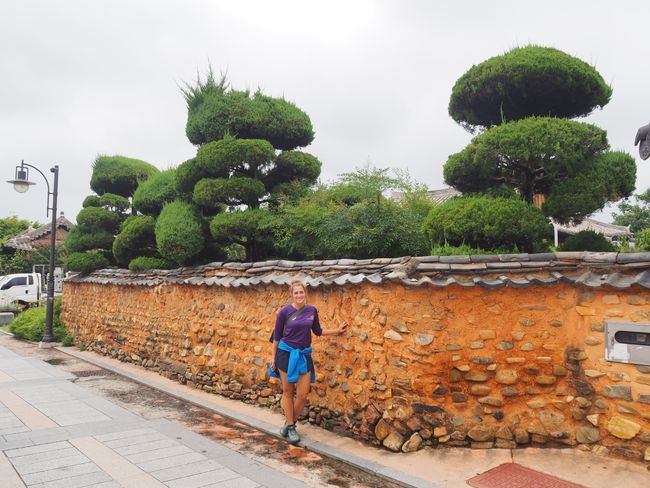
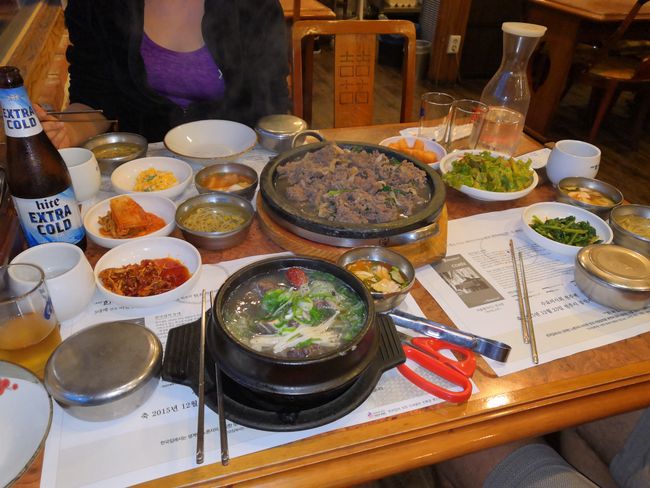
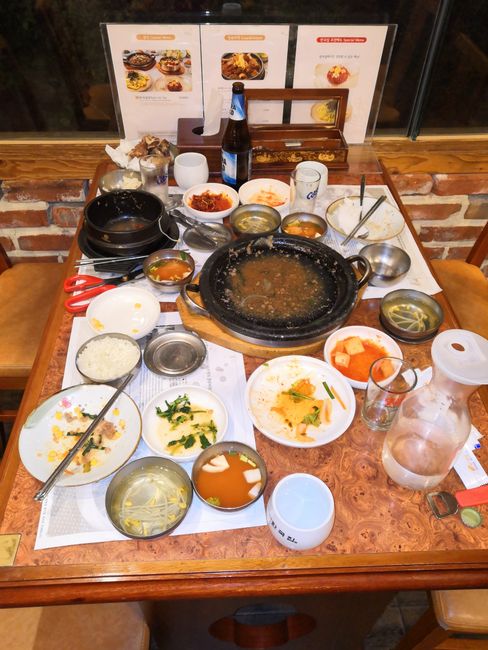
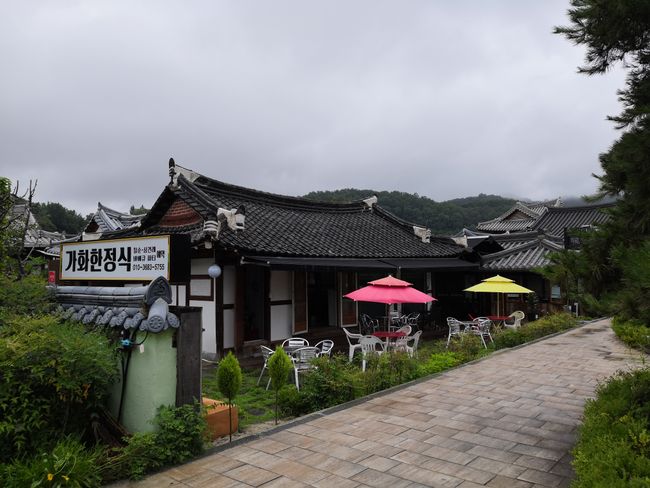
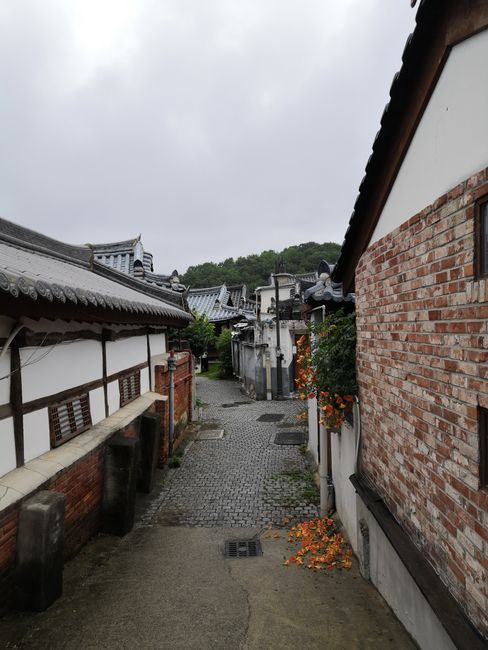
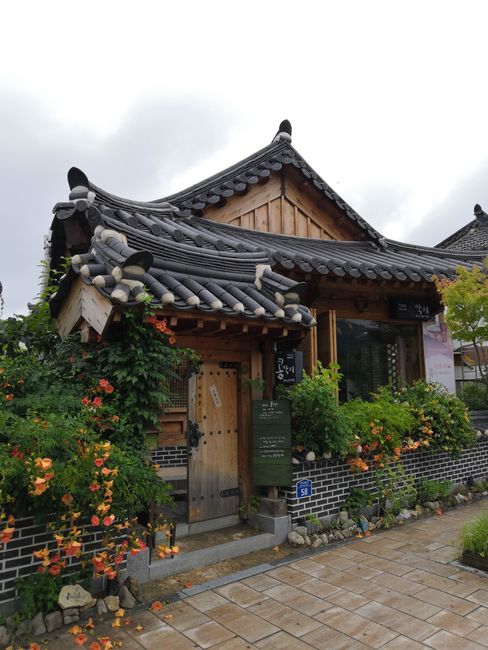
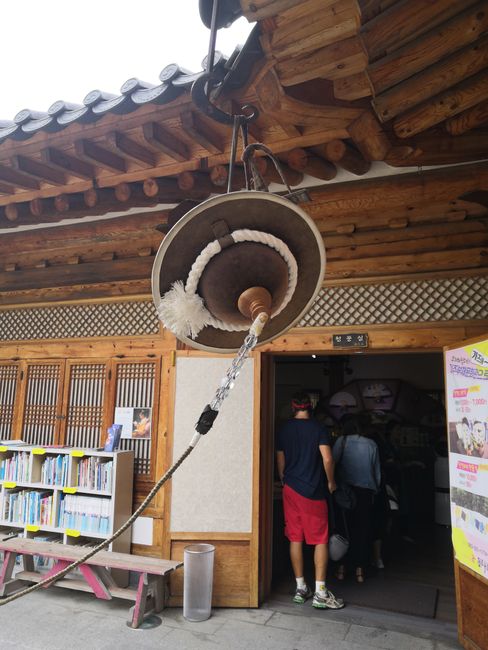
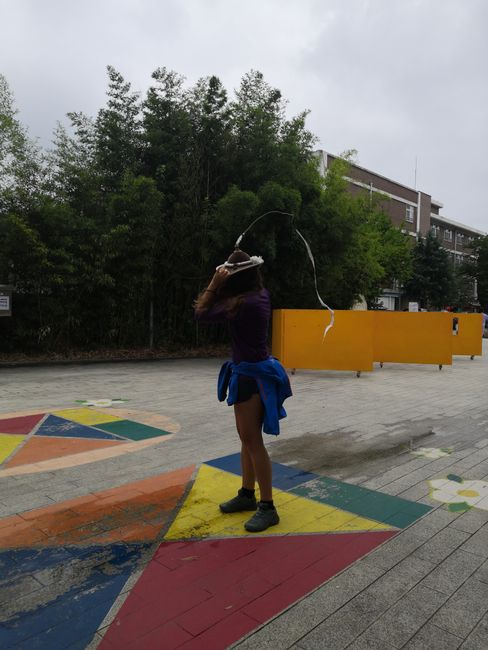
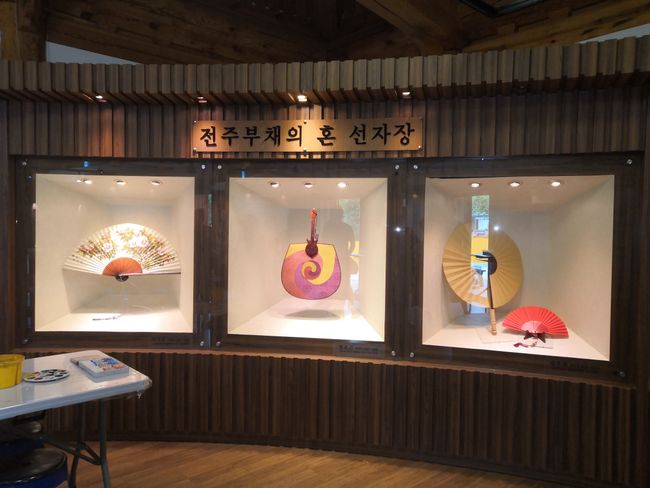
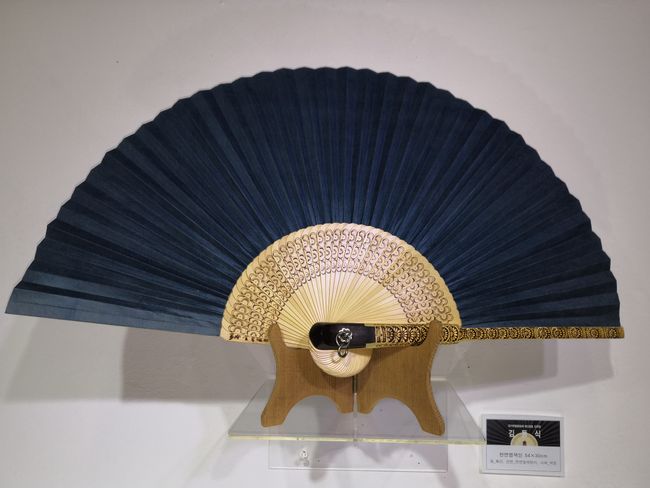
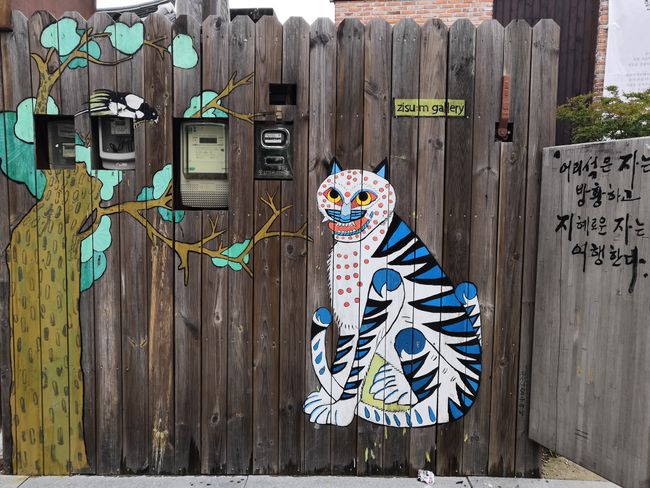
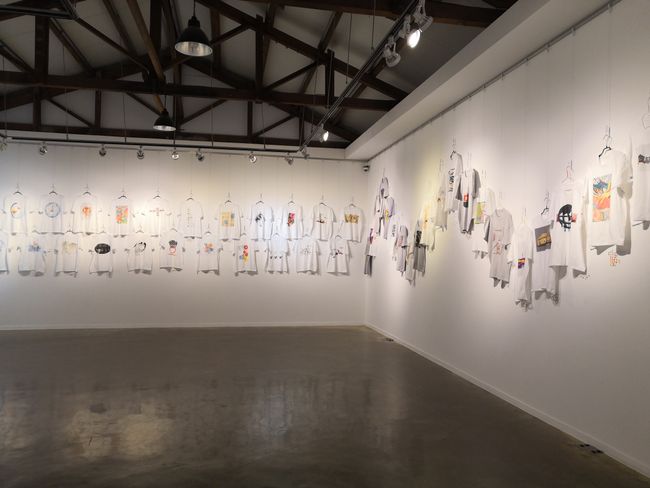
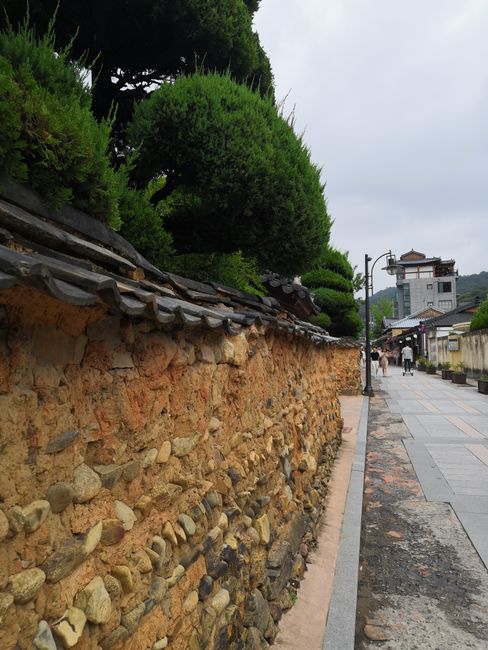
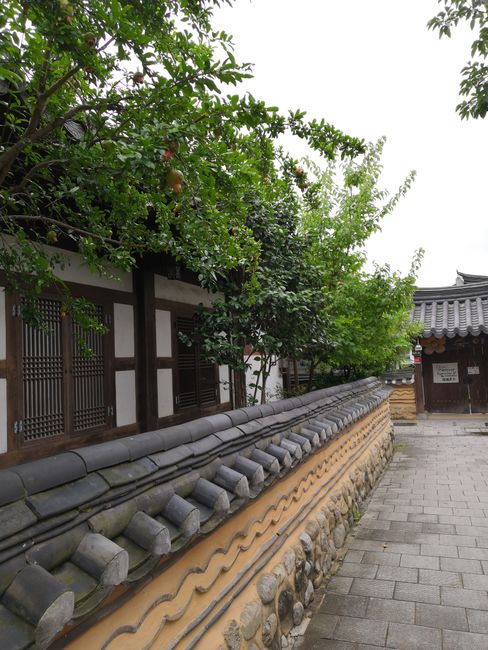
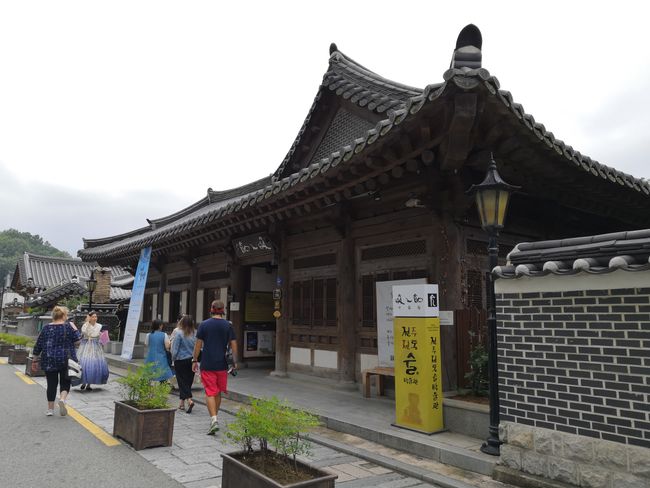
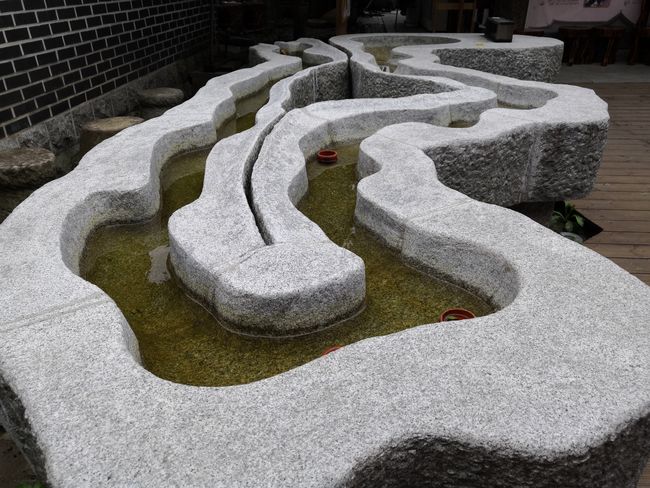
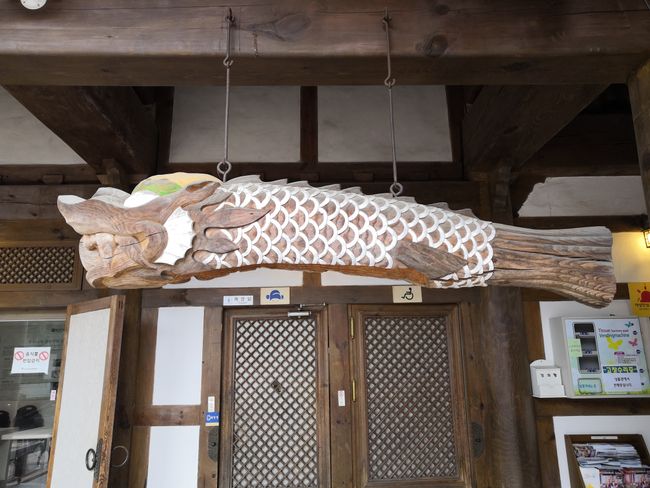
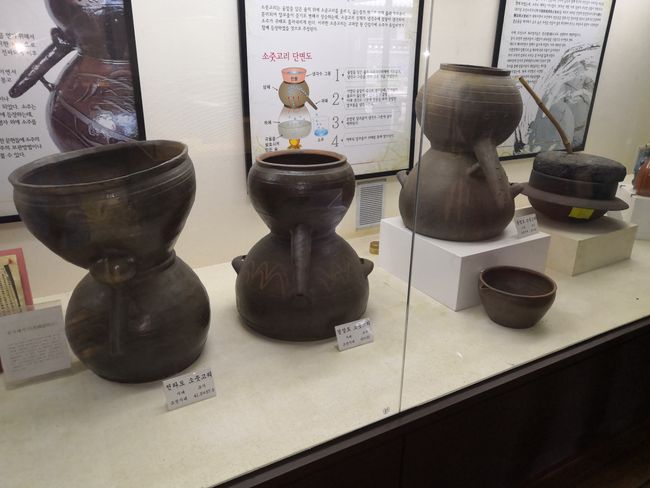
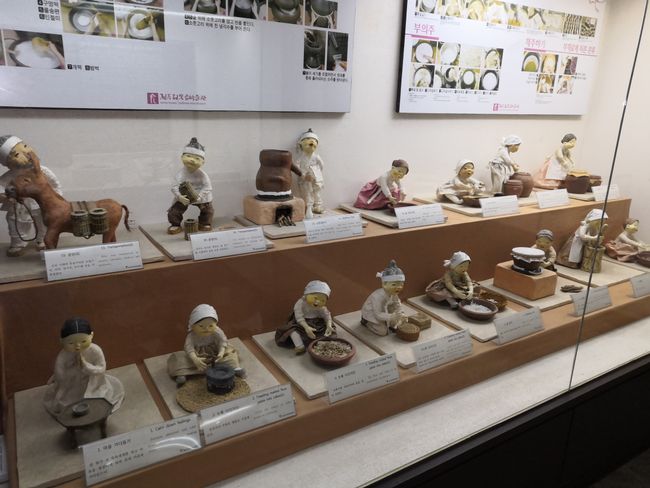
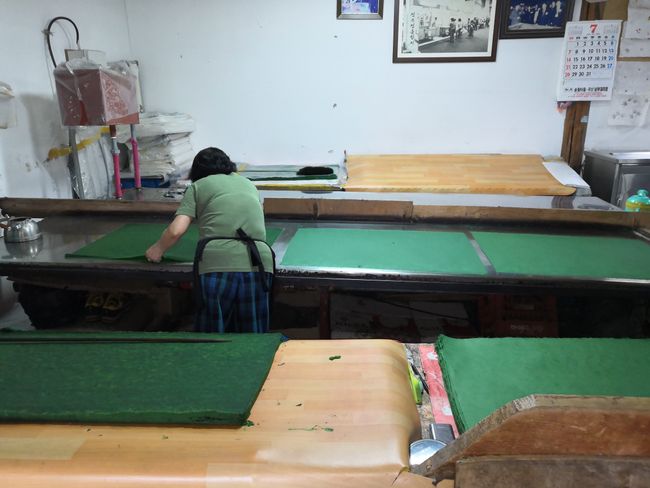
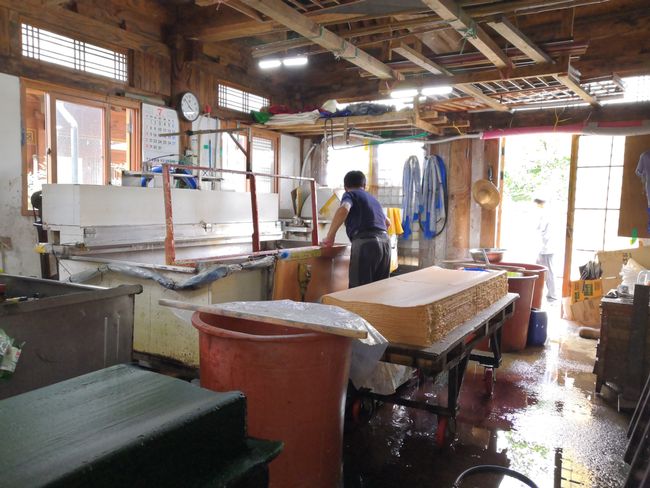
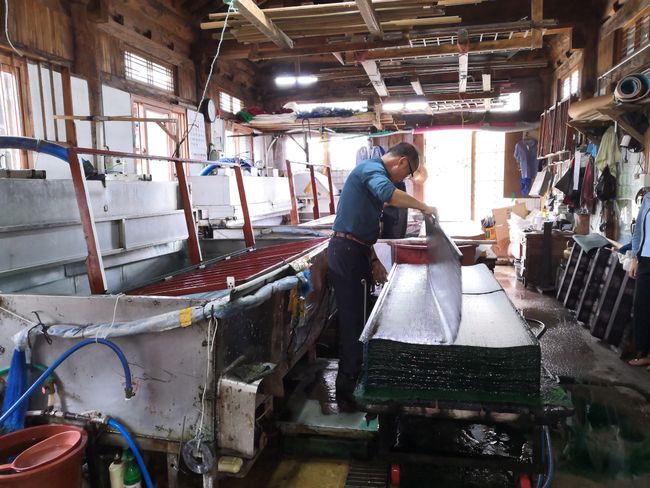
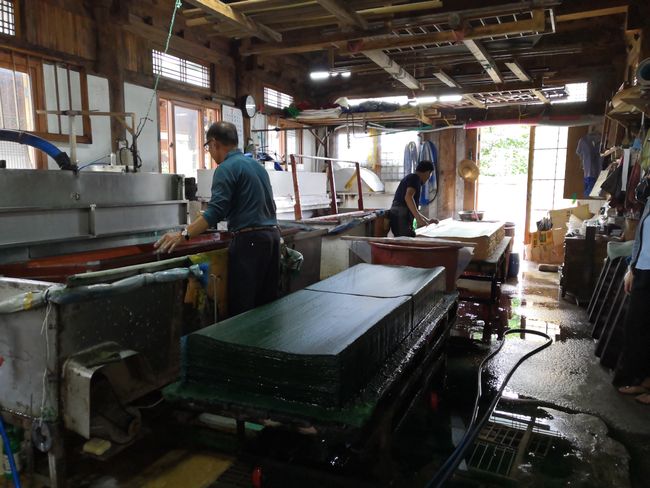
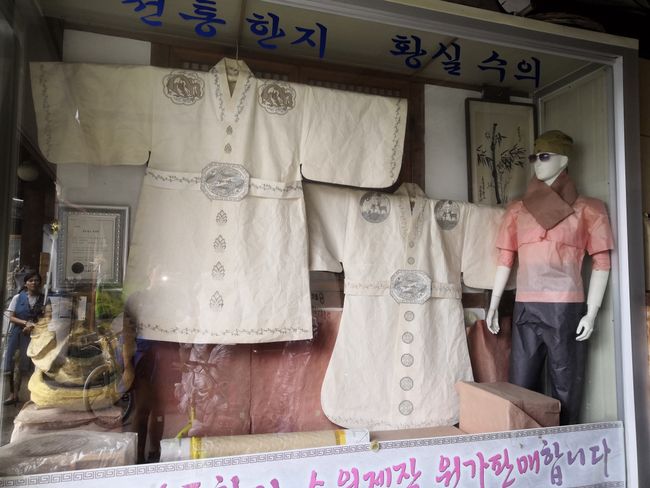
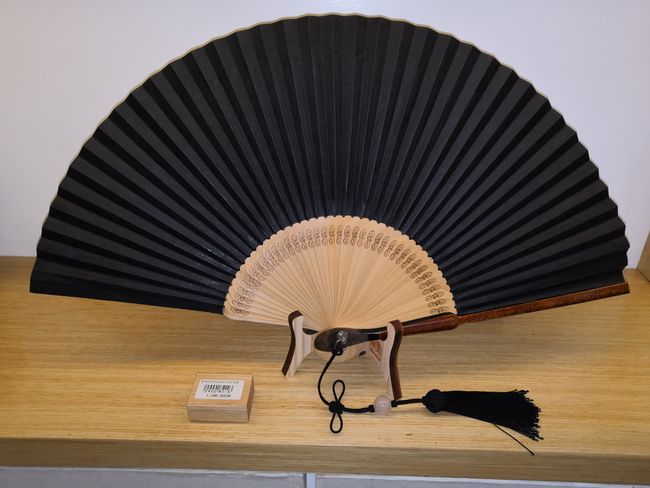
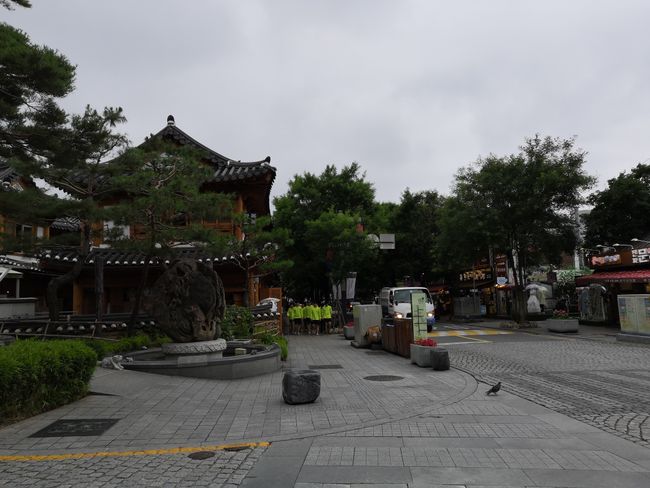
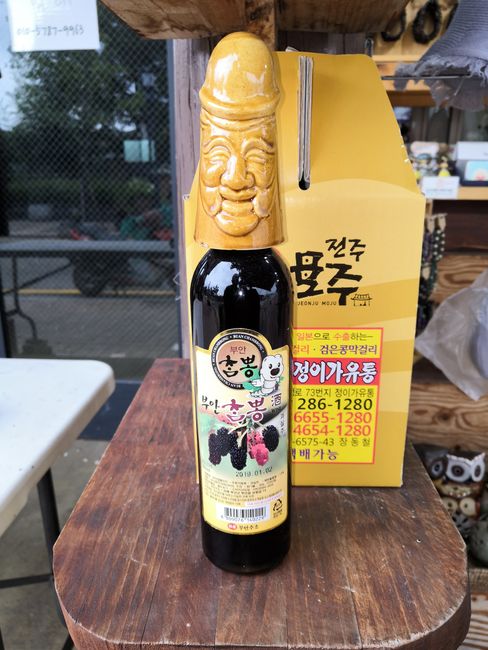
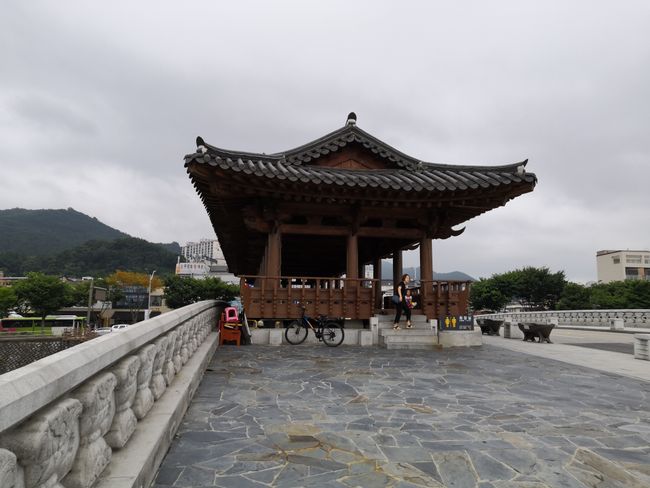
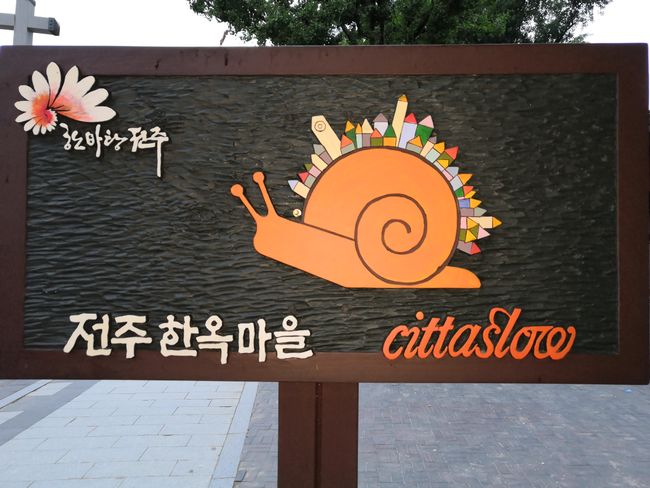
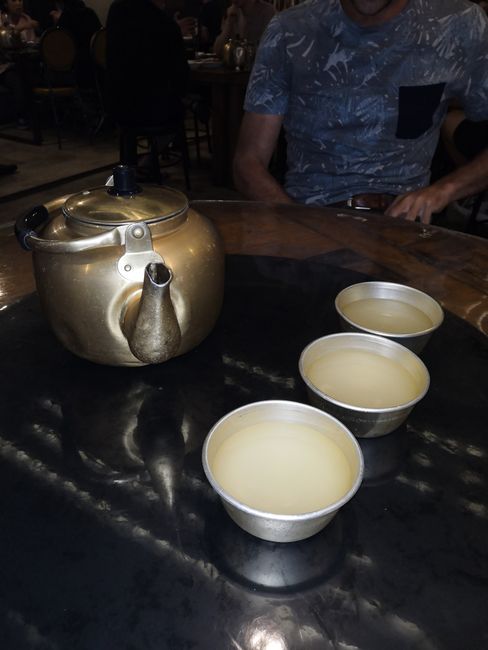
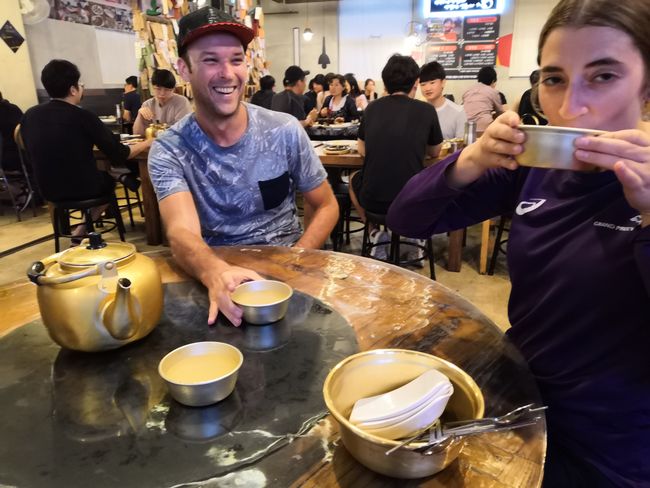
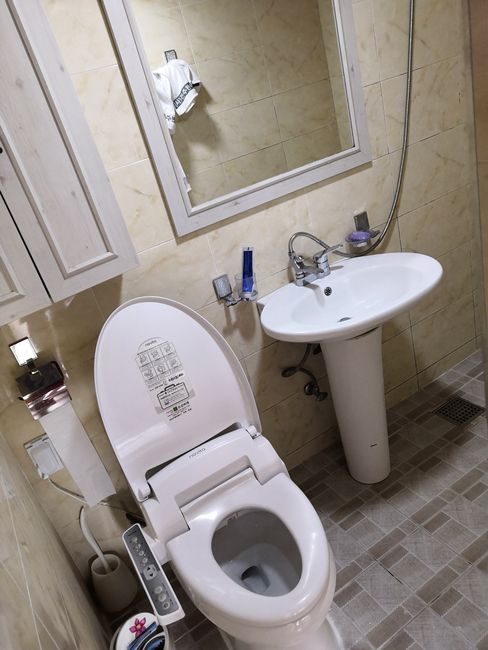
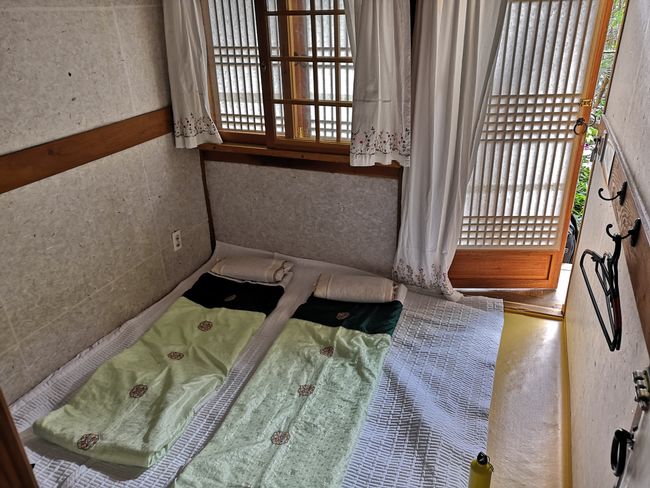
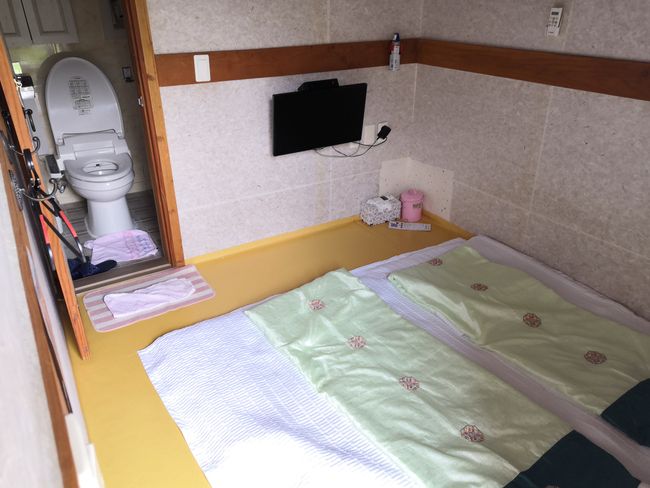
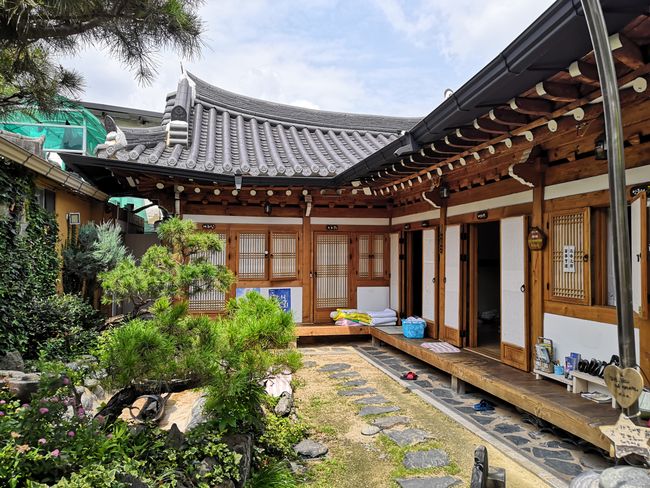
Aboneaza-te la Newsletter
We took the subway to the huge bus terminal in Seoul. Shortly after buying our tickets at a counter, we boarded the bus to Jeonju. Everything is well organized in Korea. When entering the bus, the QR code on the ticket is scanned. The color changes from red to blue on the screen after being stamped. This way, the driver knows which seats are occupied and which passengers are missing. All top modern. The bus set off exactly on time. After six months in Southeast Asia, this came as a shock. The precision of the Koreans is impressive even for us Swiss. The arrival in Jeonju was also a perfect landing. We got off the bus at exactly 4:40 p.m.
During the bus ride, we booked a room in a traditional Hanok house in Jeonju Hanok Village. The owner was kind enough to send us directions and phone number by email. We showed the characters to our taxi driver and after a phone call, we set off. What a wonderful idea - communication with taxi drivers is usually very difficult. Many are also overwhelmed by Latin characters. And unfortunately, our Korean is not fluent either. ;-) The ride was short. Our hostess greeted us with an umbrella. The weather was cloudy and rainy. As it turned out, our hostess also didn't speak English. The translation must have come from someone else. With gestures, a few English words (interrupted by Korean speeches - here we just nodded politely), and the help of Google Translator, we managed to communicate somehow. Otherwise, it wouldn't have mattered. The woman radiated such warmth and hospitality that we would have felt comfortable anyway.
Our sleeping place was a 6m2 room with an adjoining bathroom. This was just enough to lay out the thin mats on the floor and store our luggage. Just looking at the bed made our backs ache. It was too late to retreat. After all, we knew what we were getting ourselves into. Curiosity had once again prevailed. We wanted to know not only what such a house looks like from the inside but also how it feels to live in it.
In front of our room, we met Thijs from Holland. We made plans to have dinner together. We decided to visit the big market in Jeonju. Strangely, almost all the stalls and restaurants were closed. We had imagined Jeonju, a nationally known tourist destination, to be more bustling. We hardly saw anyone on the streets. Finally, we found a suitable restaurant. We ate different Korean dishes - everything was very tasty. Korean cuisine is fresh, varied, and very meat-heavy.
The next morning, Mathias complained mainly about pain in his hip and back. But they disappeared quickly. Overall, we slept surprisingly well on the hard ground. We concluded that traveling has toughened us in many ways (eating, sleeping, noise, heat, etc.). We took a short walk through the eastern part of Hanok Village. In front of a temple, an older Korean couple approached us. They told us the history of the temple and the significance of the Ginkgo tree in Korean culture in excellent English. What a stroke of luck - the little lecture was really fascinating! We also learned about the free city tours that take place three times a day. After lunch, we joined a tour of the art and crafts district. We visited art galleries, a traditional paper factory, the Soju Museum (rice wine production process), and an exhibition by a famous fan master. We really liked the artworks. However, buying one would have been too expensive. A fancy fan cost around a thousand Swiss francs. Clearly outside our budget.
After the tour, we explored the 'village center'. Many of the Korean tourists - yes, there were still some travelers here - were dressed in traditional clothes. However, we couldn't explain why so many men were wearing women's clothes. They couldn't all have lost a bet... Maybe there were completely different reasons. We didn't ask. To end our visit, we went to a nearby hill. There is a beautiful temple on it. We enjoyed the tranquility of this place very much. We took some photos and then returned to our guesthouse. We found three young Korean women there, studying acupuncture. We were surprised at how well they spoke English. We sat together in the living room and talked until late at night. We learned a lot about the country and the culture from these lively women. It was also interesting to note that they had a rather passive, almost indifferent, attitude towards the conflict with North Korea. They wish for a better life for the North Korean people but don't feel a personal connection. After all, they don't know anyone living on the other side. Just like in Europe, there is also a pro-American perspective here. The fact that America is just as responsible as Russia for the division of the country seems to have been forgotten (at least among the younger generation).
The next destination is Busan. Korea's second-largest city is located in the south of the country.
Aboneaza-te la Newsletter
Răspuns
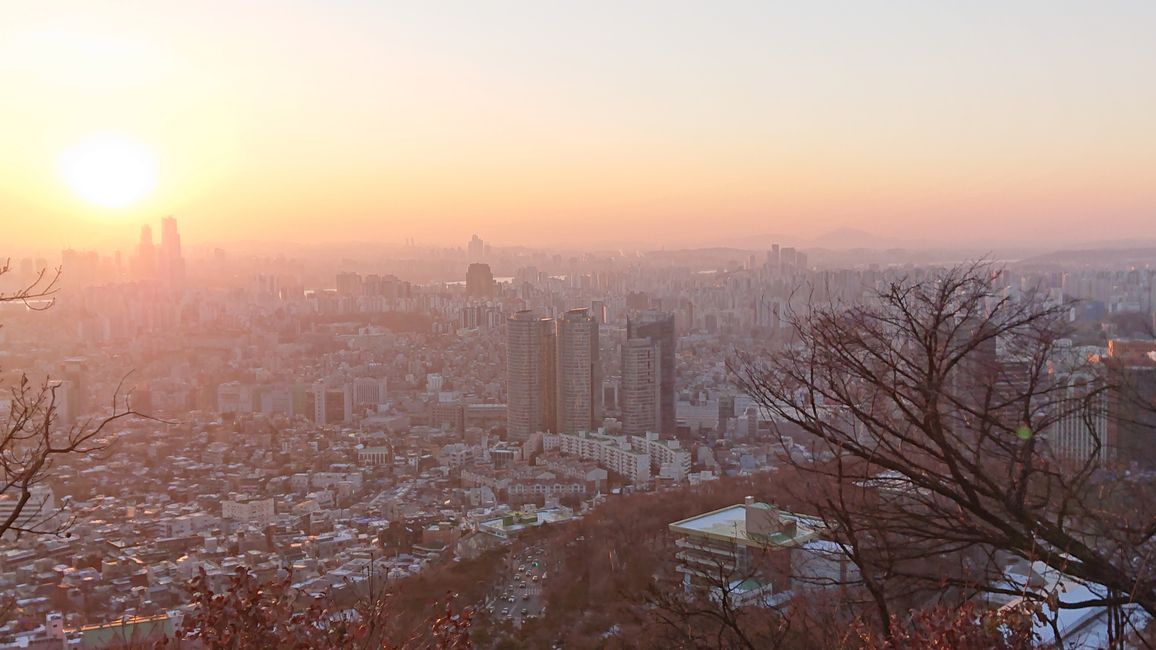
Rapoarte de călătorie Coreea de Sud
